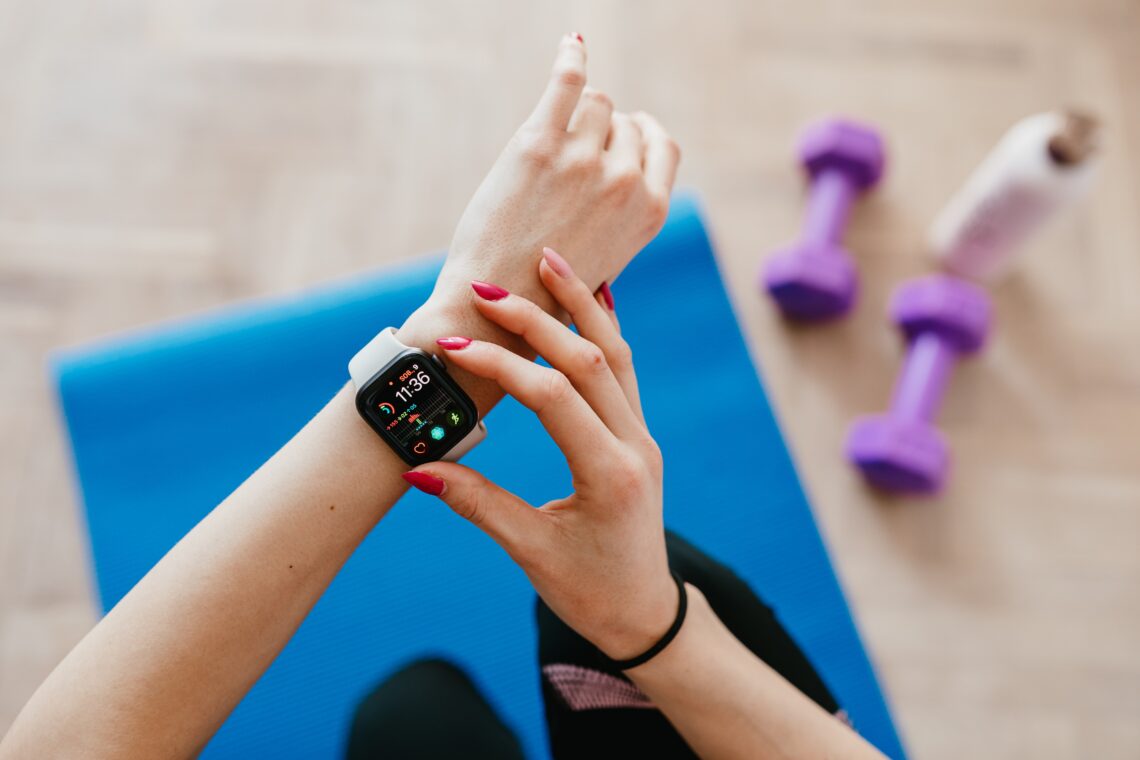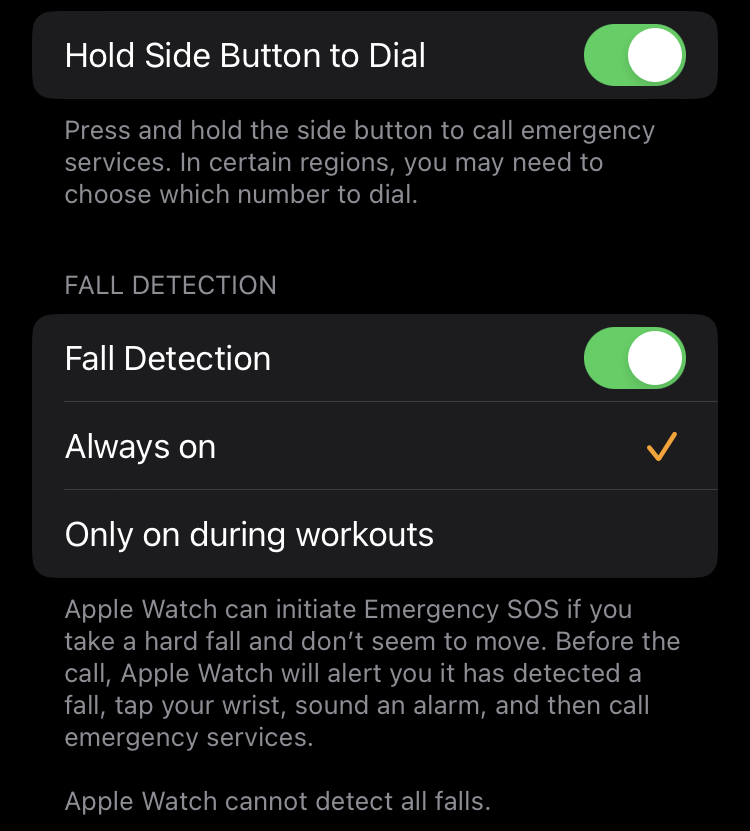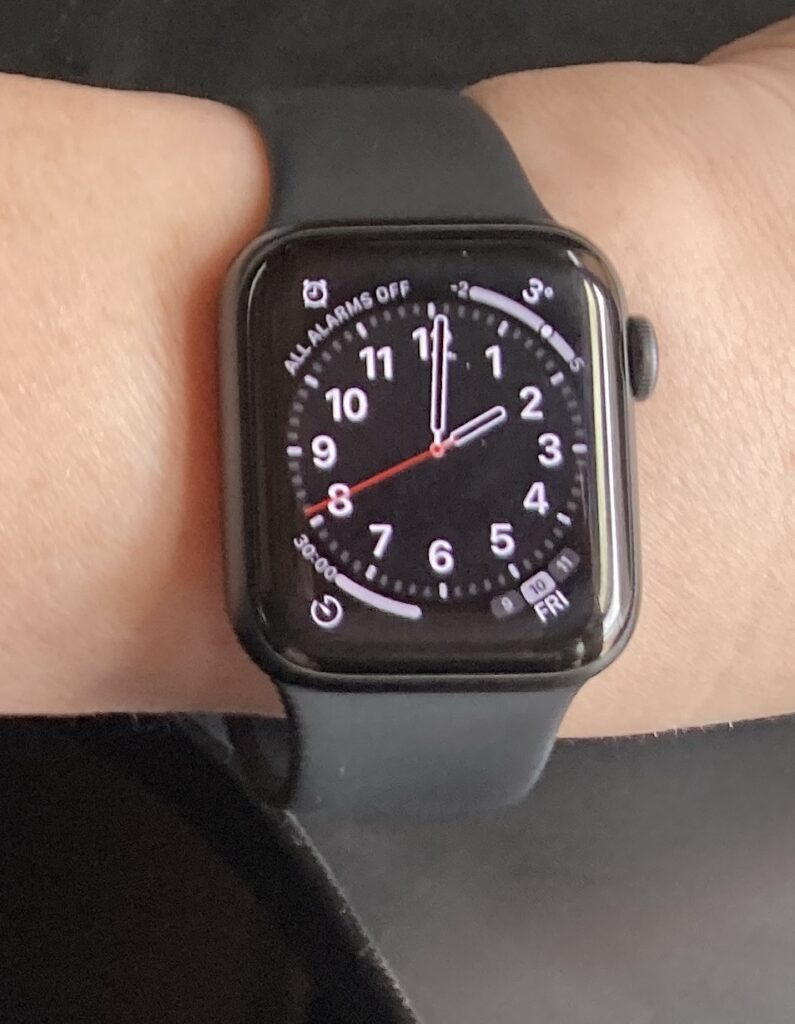
Welcome to the Wild West of Wearables!
You may have heard about the Apple watch debacle on the ski slopes this winter that was written about in the New York Times.
If not, here’s what happened. The new “fall assist” software update on the Apple Watch and the Apple iPhone14 has been falsely triggering when skiers or snowboarders come to a sudden stop or if they errantly set off the watch under umpteen layers of winter wear.

Due to the chaotic atmosphere at some ski resorts, oftentimes the wearers are unaware that they triggered emergency services. After the alert goes out though, 911 operators struggle to reach the person, calling them back and— in some cases—sending police or fire services to the individual’s last known location. Our over-strapped healthcare system, already reeling from the pandemic, staff shortages, and medication shortages, has yet another obstacle to overcome.
Reading the comments section following the article was truly enlightening. They seemed to be divided between those finding fault with the user and those with @timcook and company.
It can happen to the best of us
Okay, now to admit my own experience. While laying safely in my bed enjoying some much-needed respite from the rat race last month, I unknowingly set off the Apple Watch medical alert while safely in REM sleep or deep sleep. (I have yet to be able to consult my AutoSleep app as my watch is still not functioning). I do know that I turned off the alarm and when that appeared not to work, I turned off my watch. I figured the Apple Watch update that I had installed the night before had a few bugs, so I would investigate further when I got home from my vacation.
The next day was filled with a quick check out and rush to the airport. Midflight I began receiving frequent notices that alerts were going to be sent to my family on my iPhone. Text messaging was unavailable on the flight. Dagnabit “FRUNITED!” At this point, the watch is dead and my phone is not sending messages. When I was able to fully charge my watch, it would again immediately start alerting so I would have to turn it off. After a bit of sleuthing on the internet, I was able to find how to turn off the alert.
However, figuring it out required an internet connection and time. When I purchased my Apple Watch, I do not remember receiving instructions on how to turn off Fall Assist or how to cancel a 911 call if it has already gone out. That I feel is an egregious error on Apple’s part. I am not a digital native nor am I a Luddite. I would like to think I am fairly well educated, having an advanced degree from an institution of higher learning (Go Cardinal!).
No luck
Alas, despite repeatedly recharging my Apple Watch and a few chats with Apple support and even a trip to the “Genius Bar” (their term, my quotes), I was offered to send it in for a possible 349$ repair or for a mere 50 additional dollars, I could buy a new watch. GULP! (No trade-ins. No recycling. Mother Earth weeps).
So, I have now gone a week without a wearable and I am starting to feel the curious wonder to know, am I getting enough deep or REM sleep? Am I hitting my target heart rate while exercising? Is it time for FitBit, Garmen, Oura or back to Apple Watch? Alas, we shall see.

This era of technology appears similar to one hundred years ago as “snake oil” sellers would move from town to town hawking their patented “cure alls”. The Food and Drug Administration’s origin in 1906 led to closer regulation of our food, pharmaceutical and medical device industries. Per the FDA.gov website, their goal is to maintain the safety, efficacy, and security of human and veterinary drugs, biological products, and medical devices; and by ensuring the safety of our nation’s food supply, cosmetics, and products that emit radiation. Well FDA, get back to it. For the sake of our healthcare system and the safety of our nation, you have work to do.

Disclaimer
The information in this blog is provided as an information and educational resource only. It is not to be used or relied upon for diagnostic or treatment purposes.
The blog does not represent or guarantee that its information is applicable to a specific patient’s care or treatment. The educational content in this blog is not to be interpreted as medical advice from any of the authors or contributors. It is not to be used as a substitute for treatment or advice from a practicing physician or other healthcare professional.



